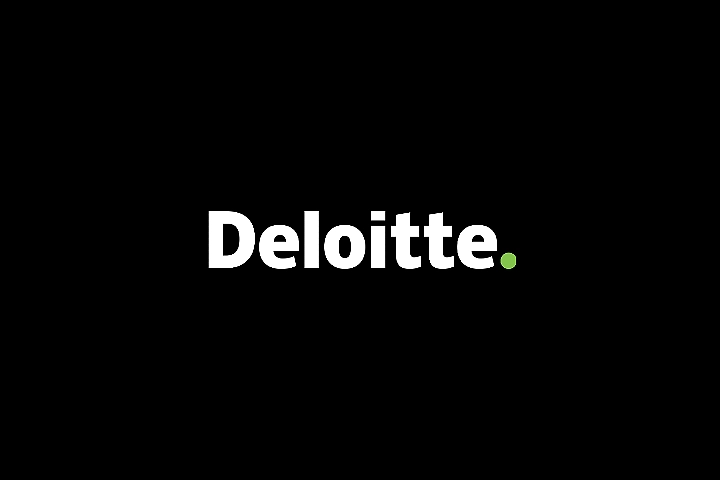Western Sydney Economic Outlook
Charging Ahead: Western Sydney’s EV Future
Western Sydney has the potential to harness solar and EVs and lead the charge towards cost-effective transportation. The economic, financial and environmental advantages of this shift are undeniable. Let’s accelerate this transition for a financially and environmentally sustainable future.
Currently, EV adoption in Western Sydney lags behind the Sydney CBD, where public EV chargers are as common as petrol stations. In contrast, Western Sydney has twice as many petrol stations as chargers, highlighting the need for infrastructure improvement. Western Sydney households stand to benefit significantly from this shift.
With over 180,000 EVs now on Australian roads, most purchased in the last two years, EVs represent nearly 10% of new vehicle sales. As charging infrastructure continues to improve and lower-cost EV options become more competitive with traditional internal combustion engine vehicles, we anticipate a significant environmental impact.
The latest edition of the Western Sydney Economic Outlook delves further into the transformative potential of solar energy and electric vehicles (EVs) in Western Sydney. Our report highlights how these advancements can lead to a cheaper, cleaner, and more efficient transportation system for the region.
Download your copy of the Western Sydney Economic Outlook report today.
Co-authored by:
Nafees Beg
Senior Analyst, Deloitte Access Economics
Dominic Behrens
Senior Analyst, Strategy, Risk & Transactions
Previous editions:
'From Growing Pains to Making Gains', Western Sydney Ecomonic Outlook Edition 1
‘Emerging High-Tech Industrial Powerhouse’, Western Sydney Economic Outlook Edition 2




